|
|
|
|
Species Photo Gallery for Vanduzea segmentata No Common Name |
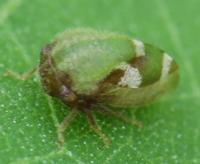 | Photo by: Rob Van Epps
Mecklenburg Co.
Comment: Weedy area near pond. | 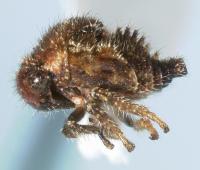 | Photo by: Mark Rothschild
Out Of State Co.
Comment: male, female, nymph |
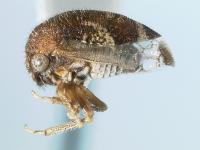 | Photo by: Mark Rothschild
Out Of State Co.
Comment: male, female, nymph |  | Photo by: Mark Rothschild
Out Of State Co.
Comment: male, female, nymph |
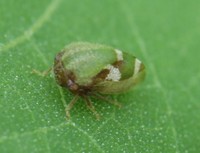 | Photo by: Rob Van Epps
Mecklenburg Co.
Comment: Weedy area near pond. |

 »
»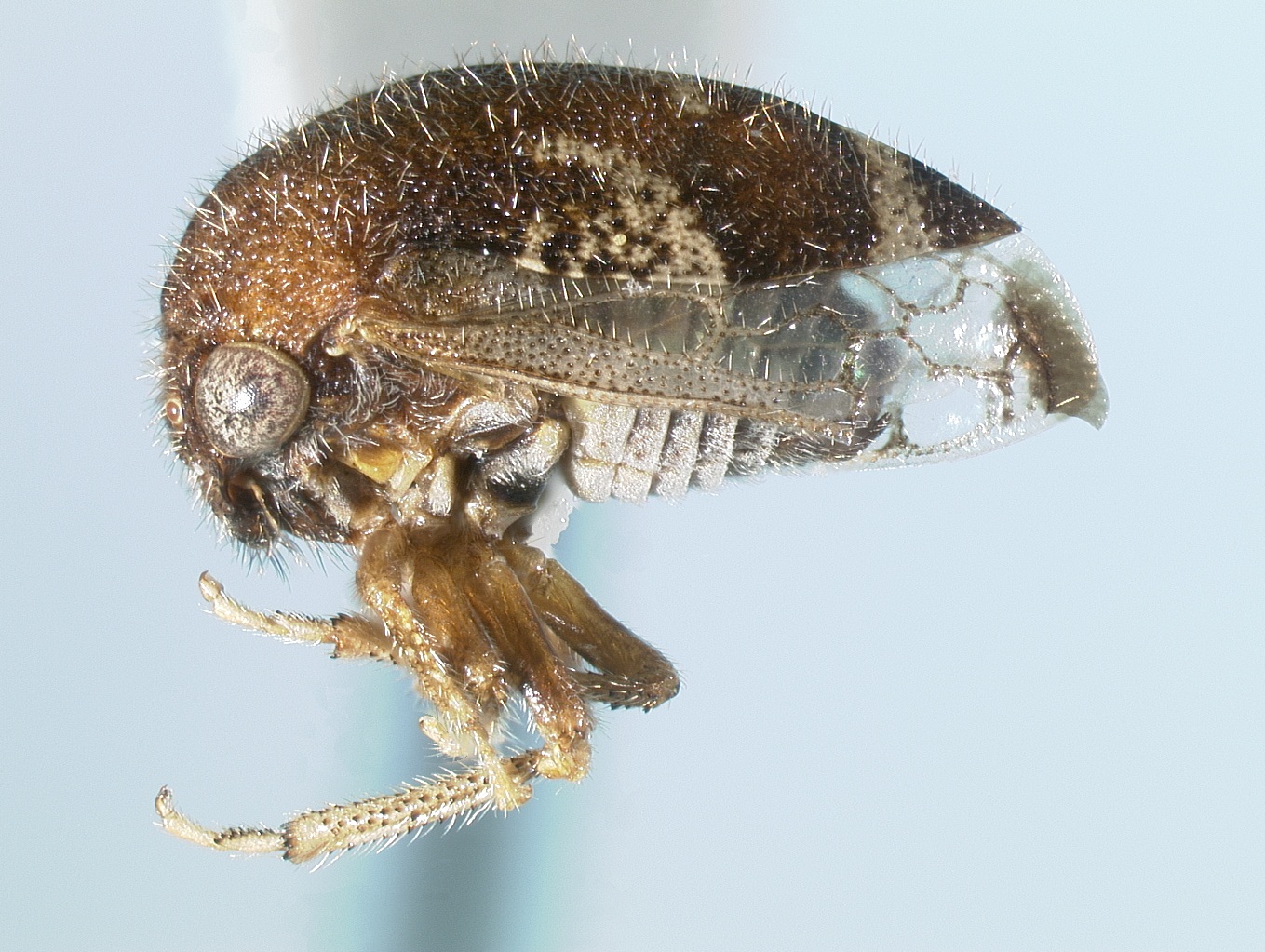
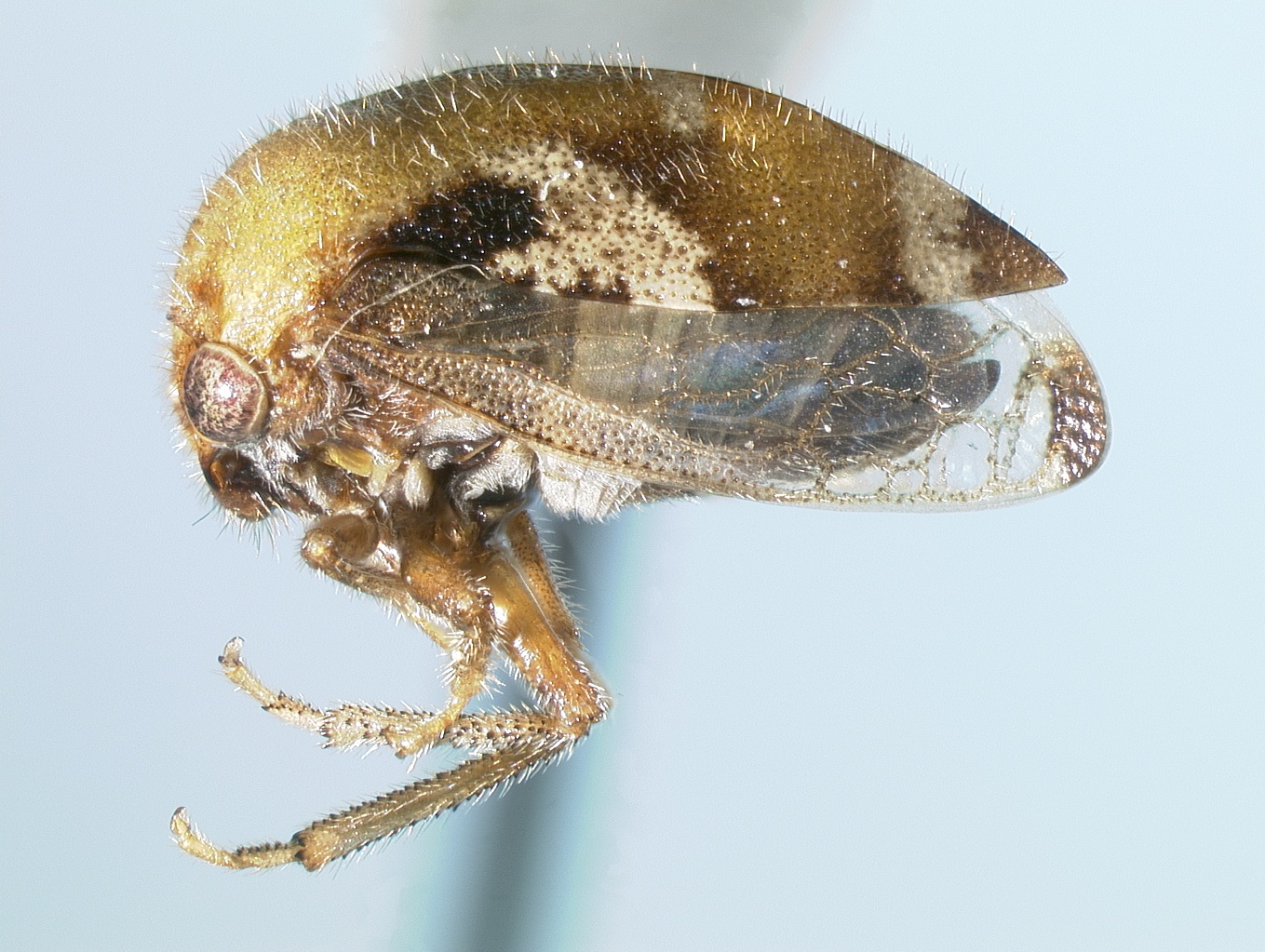


 »
»

